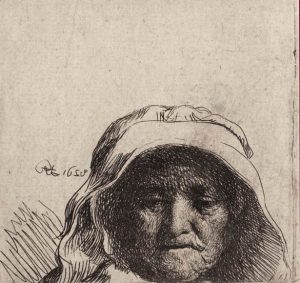Appel à communication : « Empty Spaces in the Graphic Arts » (Florence, 18-19 janvier 2018)
Posté par Sébastien Bontemps, le 12 avril 2017:
- Date et lieu : 18-19 janvier 2017, Florence, Kunsthistorisches Institut
 Empty Spaces in the Graphic Arts (Florence, 18-19 Jan 18) Empty Spaces in the Graphic Arts (Florence, 18-19 Jan 18)
Florence, January 18 – 19, 2018
Deadline: Jun 6, 2017
Empty Spaces in the Graphic Arts – The Function, Aesthetics, and Meaning of Unmarked Surface
Workshop at the Kunsthistorisches Institut in Florenz – Max-Planck-Institut
That drawing and print illustration are constituted by the presence and absence of marks, while compositional structure emerges out of their correlation and balance: this is probably the simplest way of defining these genres. Within this basic condition, the interplay of form and non-form does not necessarily lend the blank sheet a subordinate role with respect to the drawn line. The purpose of the workshop is to address the forms and functions of this unmarked space in the graphic arts of the Early Modern period. Central questions and problematics may include:
– What types of empty spaces exist and how do they differ semantically?
– What aesthetic potential does empty space hold in the work of art? Possible issues here would be its relationship to surface, its role as a spatial or perspectival element, or its chromatic values.
– Does the relationship between graphic content and empty space presuppose a space for abstraction?
– How does empty space serve as a vehicle for the aesthetic imagination of the artist and/or beholder? Could empty space be the place where an artistic ‘idea’ crystallizes?
– What kinds of empty spaces are technically conditioned? How can they be distinguished in drawing or print?
– How do we deal with non-artistic aspects of the empty image surface (the structure of paper and its color, watermarks, ageing, etc.)?
-What are the implications of cutting an image support?
– What role might the ‘verso’ play as an empty space?
– How can metaphors (« blinder Fleck, » et al.) and philosophical ideas and concepts (« horror vacui ») be related to Early Modern drawings and prints?
– What is the role of empty space in the Early Modern discourse on drawings and prints?
The two-day event offers the possibility to develop a 20-minute presentation in German, Italian, or English on these and other themes concerning the technical, aesthetic, and theoretical empty spaces in the graphic arts of the Early Modern period. In addition there will be an opportunity to select objects for view in a collective working conversation at the Gabinetto dei Disegni e delle Stampe degli Uffizi. Please send an abstract (max. 500 words) and a short CV in a single PDF by 06/06/2017 to lisa.jordan@khi.fi.it and elvira.bojilova@khi.fi.it. The Kunsthistorisches Institut in Florenz – Max Planck Institut will cover travel costs (economy class) and accommodation in accordance with the provisions of the German Travel Expenses Act.
|
Équipe Rédacteur en chef : Olivier Bonfait.
Rédacteurs : Elliot Adam (Moyen Age) ; Nicolas Ballet (XX-XXIe siècles) ; Matthieu Fantoni (musées) ; Antonella Fenech Kroke (bourses) ; Vladimir Nestorov (Lettre mensuelle)
Administrateur web : Matthieu Lett.
ancien éditeur : Pascale Dubus
anciens rédacteurs : Gautier Anceau, Sébastien Bontemps, Damien Bril ; Sébastien Chauffour ; Ludovic Jouvet ; Aude Prigot
|
 Empty Spaces in the Graphic Arts (Florence, 18-19 Jan 18)
Empty Spaces in the Graphic Arts (Florence, 18-19 Jan 18)
Leave a Reply
You must be logged in to post a comment.